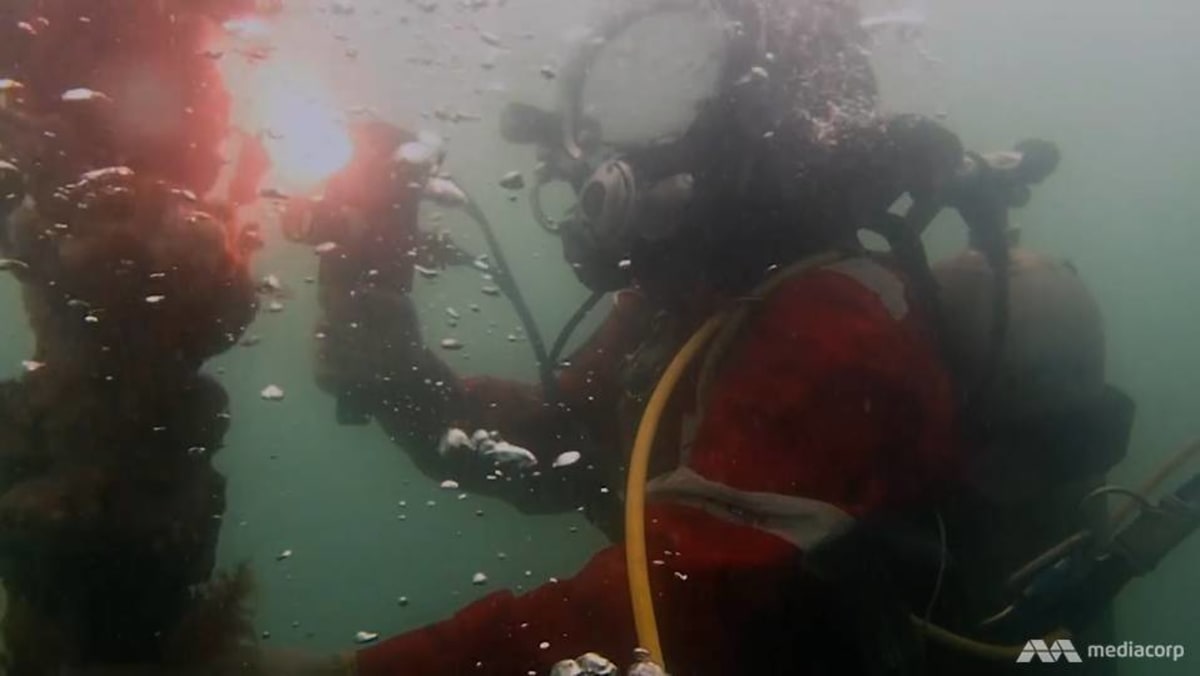Commercial diving association calls for licensing system for firms following fatal incidents

The operations that the divers perform include underwater welding, which is necessary when a ship sustains underwater damage that could lead to water entering the vessel.
Challenging conditions in such situations, like low visibility, are what differentiate commercial diving from recreational diving, Mr Kumar noted.
RISING COSTS
Rising costs have also plagued the industry, he said. This includes ensuring equipment is up to par and sending divers for training or refresher courses.
The cost of equipment maintenance has gone up by at least 5 to 10 per cent year-on-year in recent years, which could add up to millions of dollars, Mr Kumar added.
Mr Chee pointed out how the pandemic brought about manpower changes to the industry.
“Once it was over, when the market restarted, we did see a lot of commercial divers who probably lost that kind of skillset and they needed a refresher. (There were also) new entrants (who) needed to undergo requisite training.”
With vessel arrivals reaching new highs at Singapore’s ports in the last two years, the association said demand for commercial diving services has also risen.
The lucrative industry means more companies are hopping on board as well.
“That attracts many business people to invest in diving, but they may or may not comply with all aspects of diving. That creates a danger for a pure investor to go into the diving business (compared with) a diving company investing with their experience and the finances.
“That kind of a setup is sustainable and would provide a consistent, safe operation,” Mr Kumar noted.



